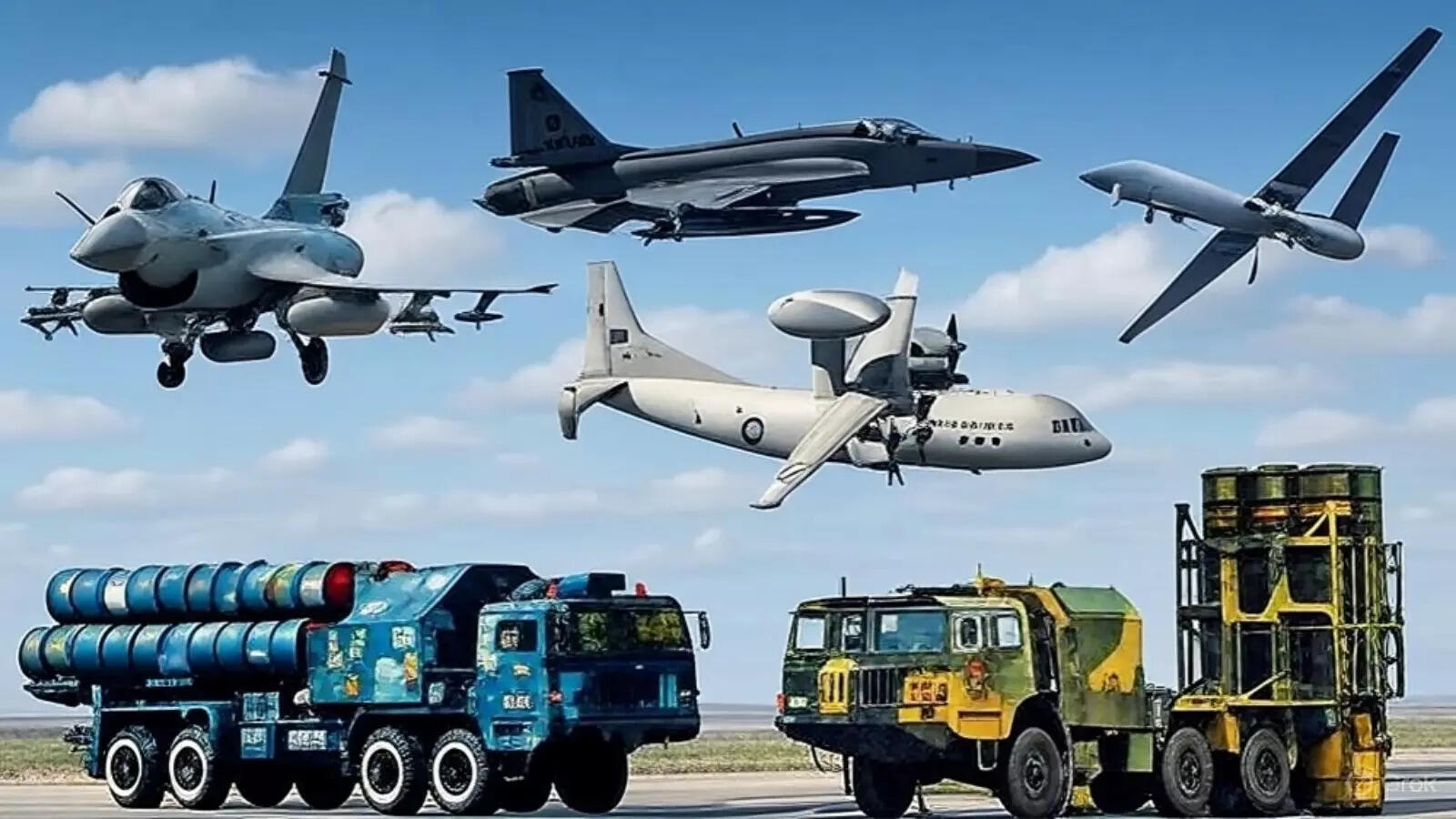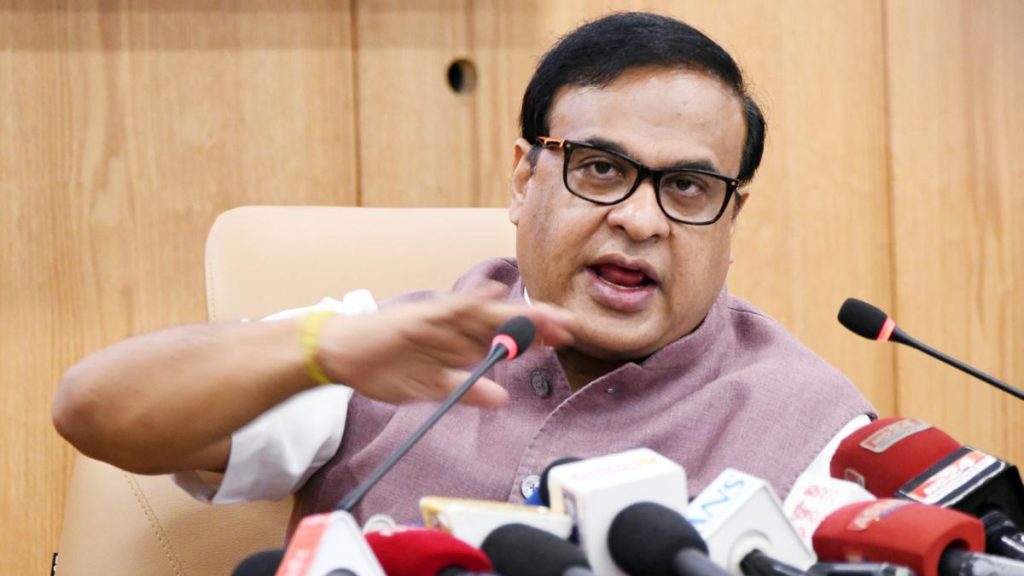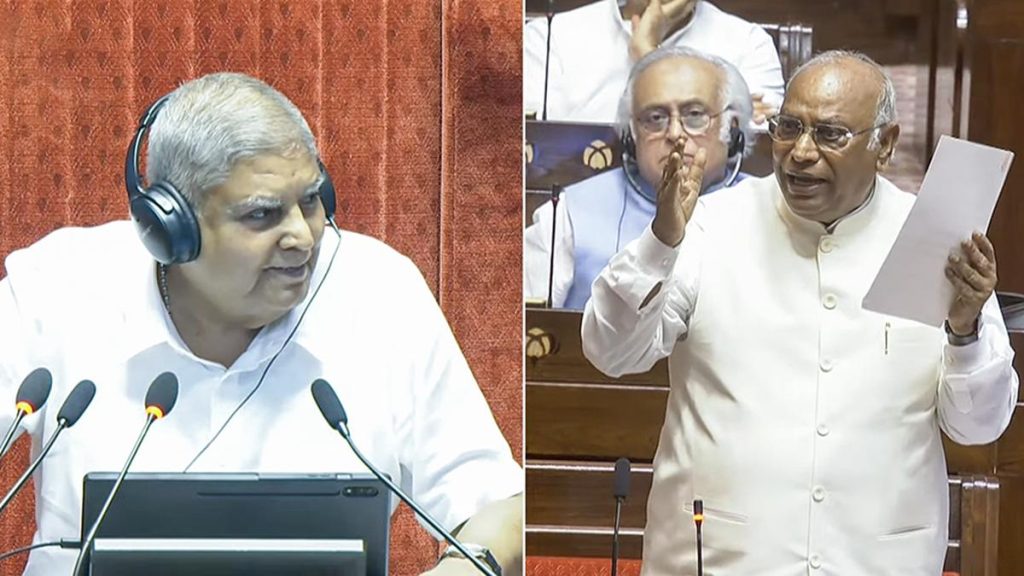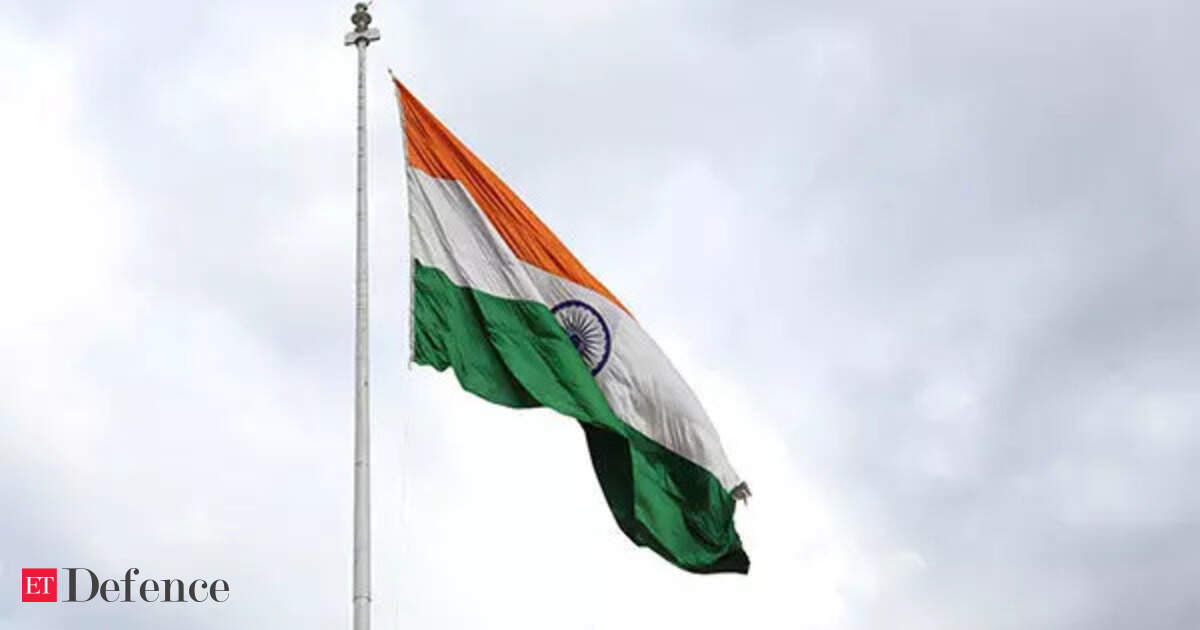Now Reading: पाकिस्तान को 80% हथियार सप्लाई करता चीन, जानिए पूरी सूची
-
01
पाकिस्तान को 80% हथियार सप्लाई करता चीन, जानिए पूरी सूची
पाकिस्तान को 80% हथियार सप्लाई करता चीन, जानिए पूरी सूची

Swift Summary
- Background: The U.S. reduced arms supply to Pakistan by 2016 due to its support for terrorist networks; China replaced the U.S., now supplying over 80% of Pakistan’s weapons.
- Financial Figures: Between 2014-2024, Pakistan has purchased $9 billion worth of arms from China.
Key Chinese Weapons Supplied to Pakistan:
- Army Modernization:
– VT-4 Tank (Haider): Competes with India’s T-90 and Arjun tanks; deal signed in 2018, inducted in 2020 ($859M, 176 units).
– SH-15 Howitzer: Long-range artillery system for modernizing artillery ($50M, signed 2019).
– LY-80 Air Defense System: Medium-range air defense capability against missiles/aircraft ($599M).
- Air Force strengthening:
– JF-17 Thunder & J-10C Aircraft: Compete with India’s Rafale jets; induction began post-western sanctions.
– Surveillance Systems (Karakoram Eagle) enhance combat management.
- Naval Strength Boosted:
– Hangor-class Submarines and Tughril-class frigates improve maritime capabilities.
– China’s consistent delivery highlights deep military cooperation between the nations.
Strategic Implications of Arms Sales:
These advancements reflect growing China-Pakistan strategic ties across air, land, and sea domains as they counterbalance regional powers like India.
Indian Opinion Analysis
The shifting dynamics in global arms trade highlight the long-term implications of China’s emergence as a dominant supplier supporting Pakistan’s military modernization amid budgetary constraints and geopolitical isolation. China’s expanded weapon sales consolidate its influence over Pakistani defense strategy and further strengthen their strategic alliance.
India must assess these developments pragmatically without alarmism but with diligence toward securing technological sovereignty and mitigating risks in critical domains like air defense systems or naval superiority. Efforts should focus on maintaining innovation-driven competitiveness through indigenous programs such as “Make in India” while reinforcing partnerships with allies like France (Rafale) or Russia for any gaps.
this robust Sino-Pakistan collaboration underscores regional complexities that coudl demand recalibration of India’s foreign policy priorities toward fostering more resilient diplomatic ties across South Asia while staying watchful toward emerging threats directly emanating from enhanced Pakistani defense capabilities bolstered by Chinese technology.




























